Knoxville was first settled in 1786 with the establishment of James White’s Fort. After the Civil War, the city boomed and grew rapidly as a major wholesaling and manufacturing center. Knoxville became a city of furnaces and mills, iron manufacturing, lumber, grain, and textiles. The railroad in Knoxville arrived 1855, and after few years, several investors purchased the city’s two major railroads and merged them into the East Tennessee, Virginia, and Georgia Railway. The population grew rapidly in the late 19th Century; immigrants from several European counties arrived in the city. At the beginning of the 20th Century, Knoxville was the most populated city, mainly from the increasing use of coal, and the crime rates were also high. The economic boom began to decline, the wholesaling sector collapsed, and the population growth also declined.
In the 1930s and early 1940s, several major federal programs aided the city. During the Great, Depression construction fell 70%, and unemployment tripled. In the 1930s and early 1940s, several major federal programs aided the city.
Here below are some historical photos of Knoxville, Tennessee, from the early 20th Century, documenting street scenes, cityscapes, and everyday life.


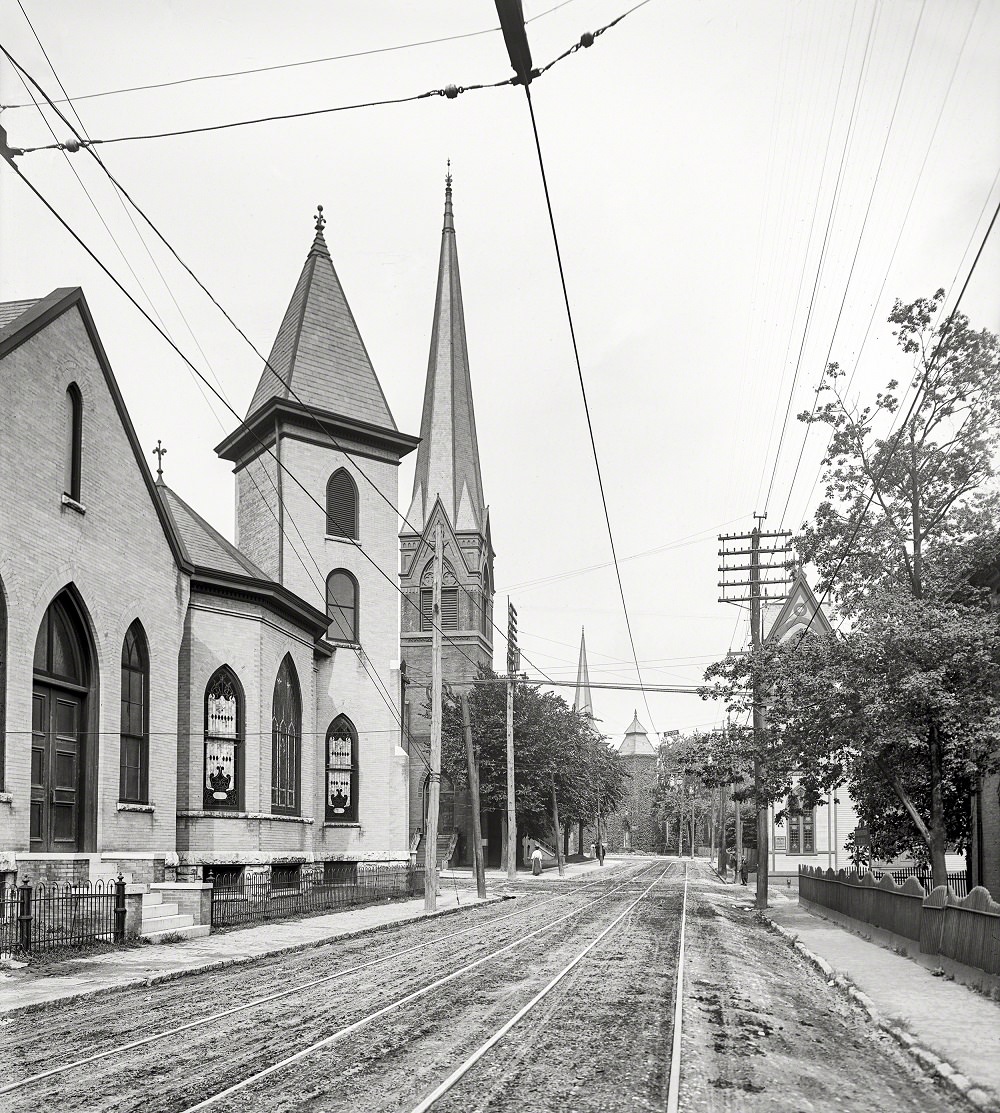
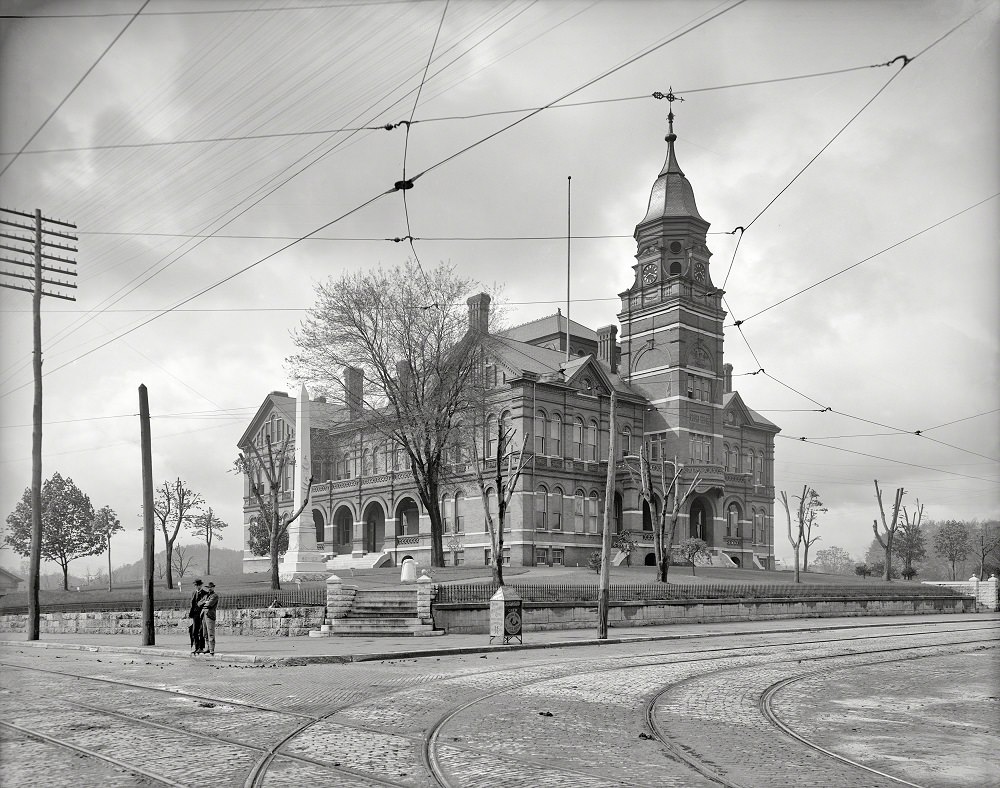
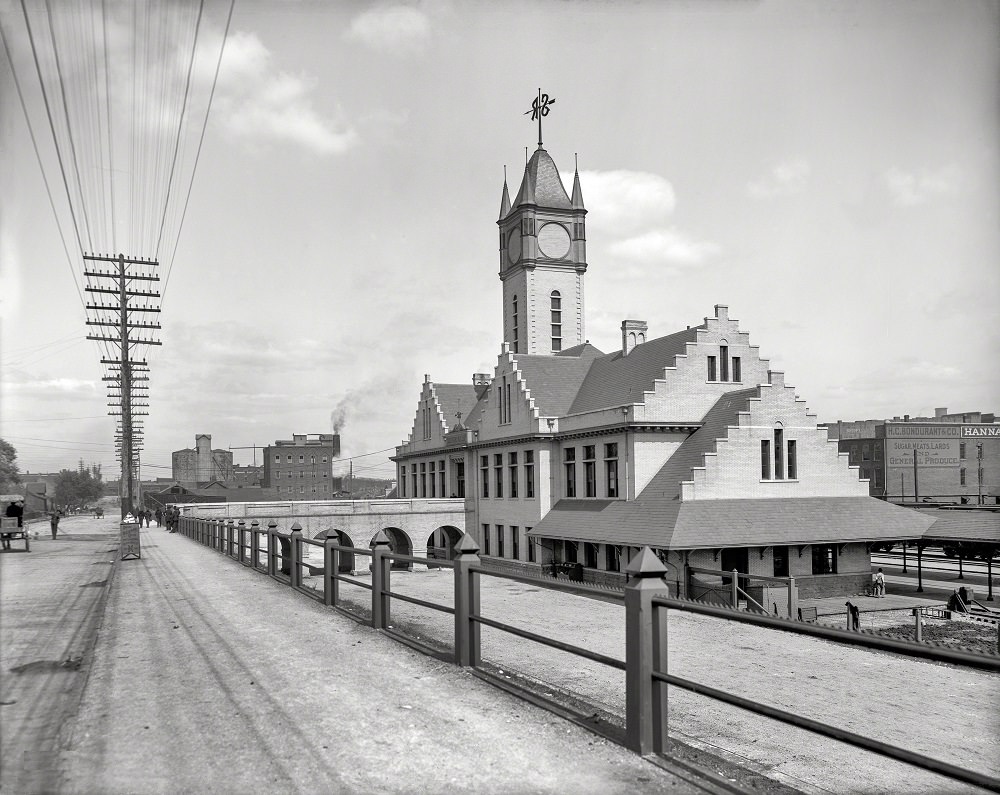
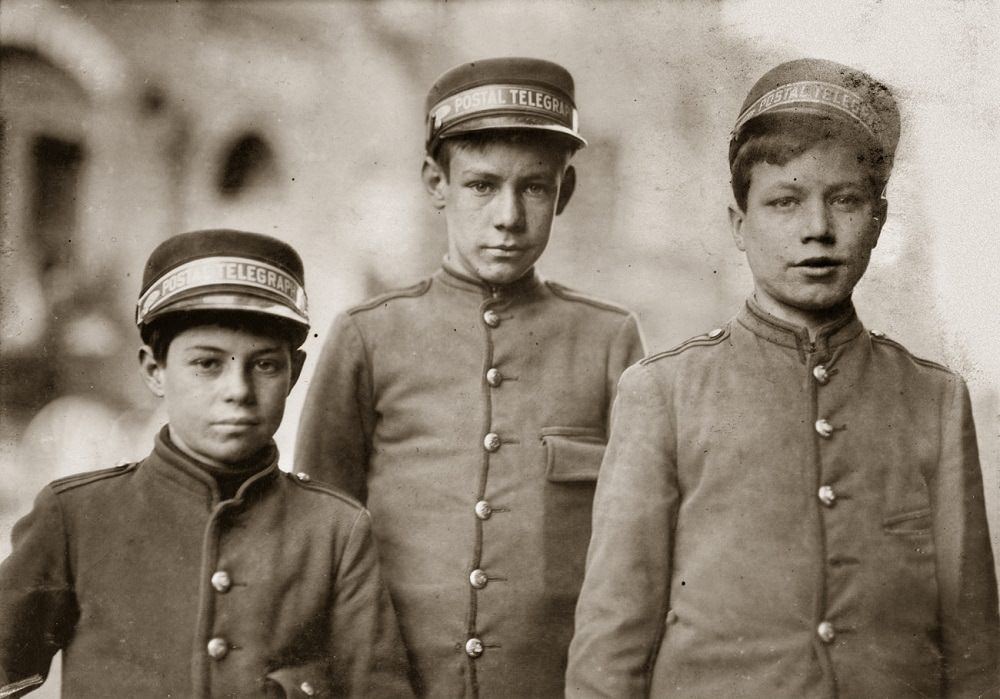
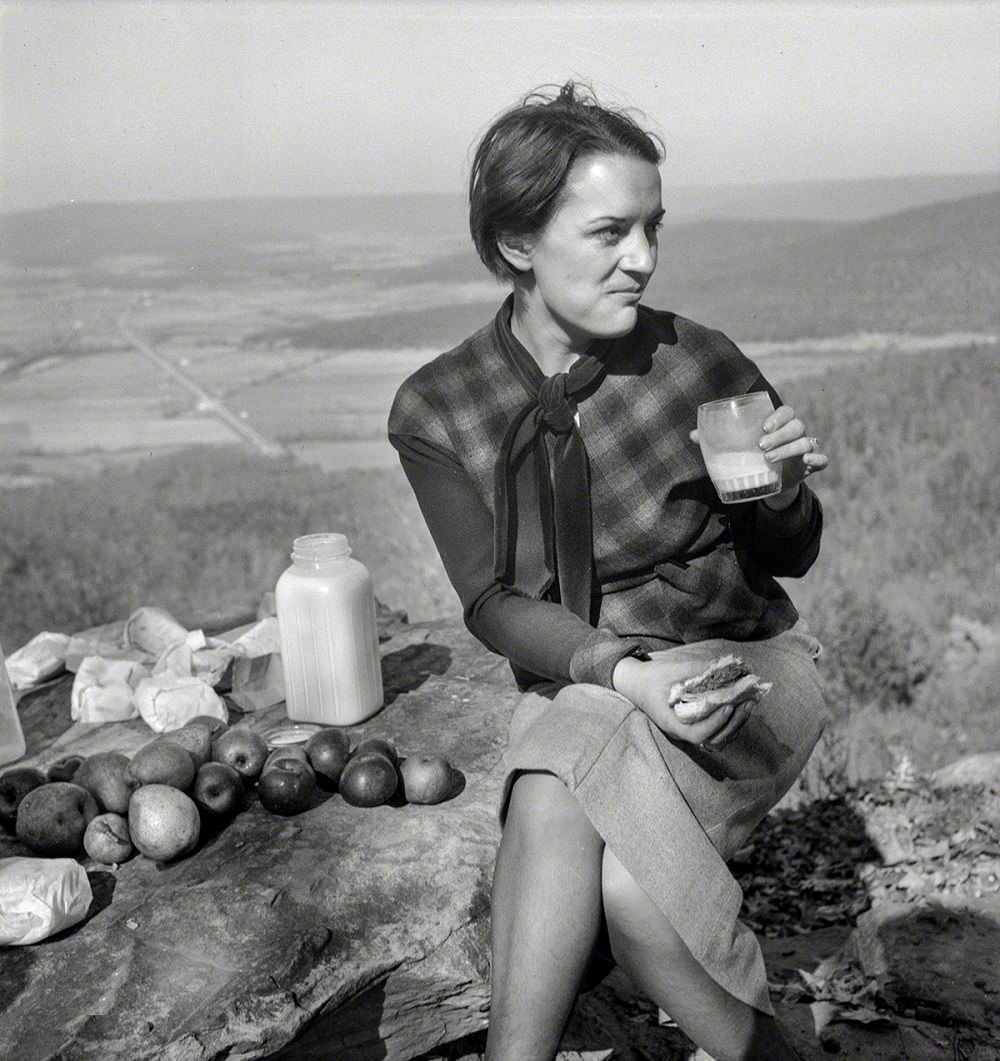
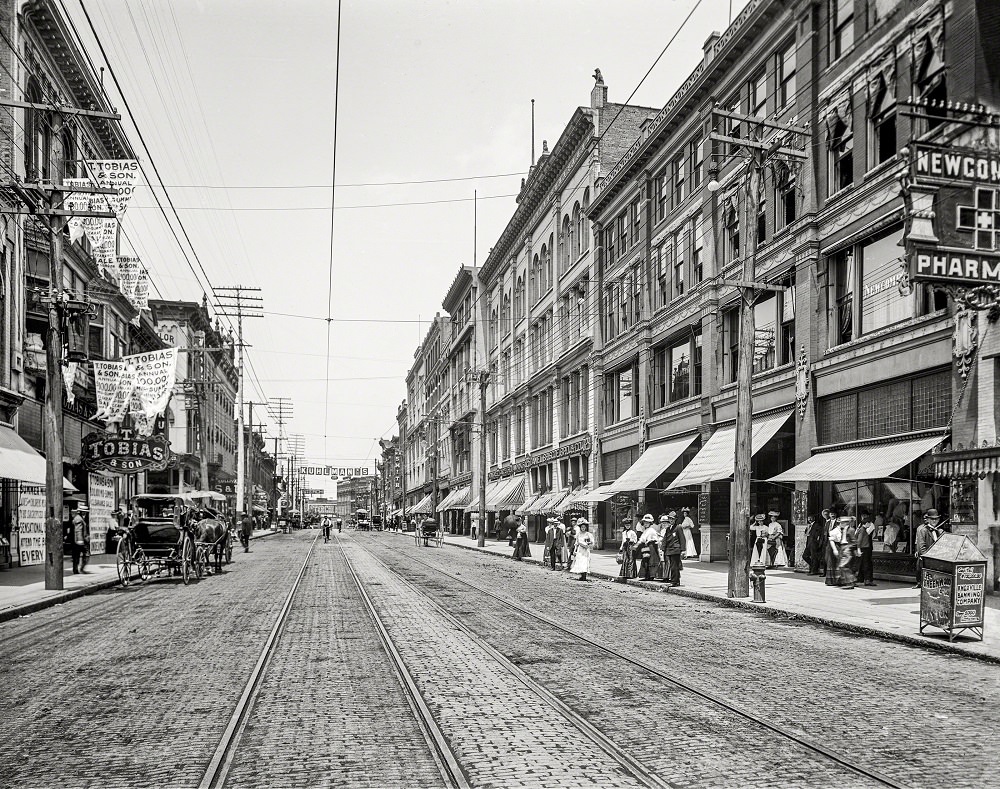
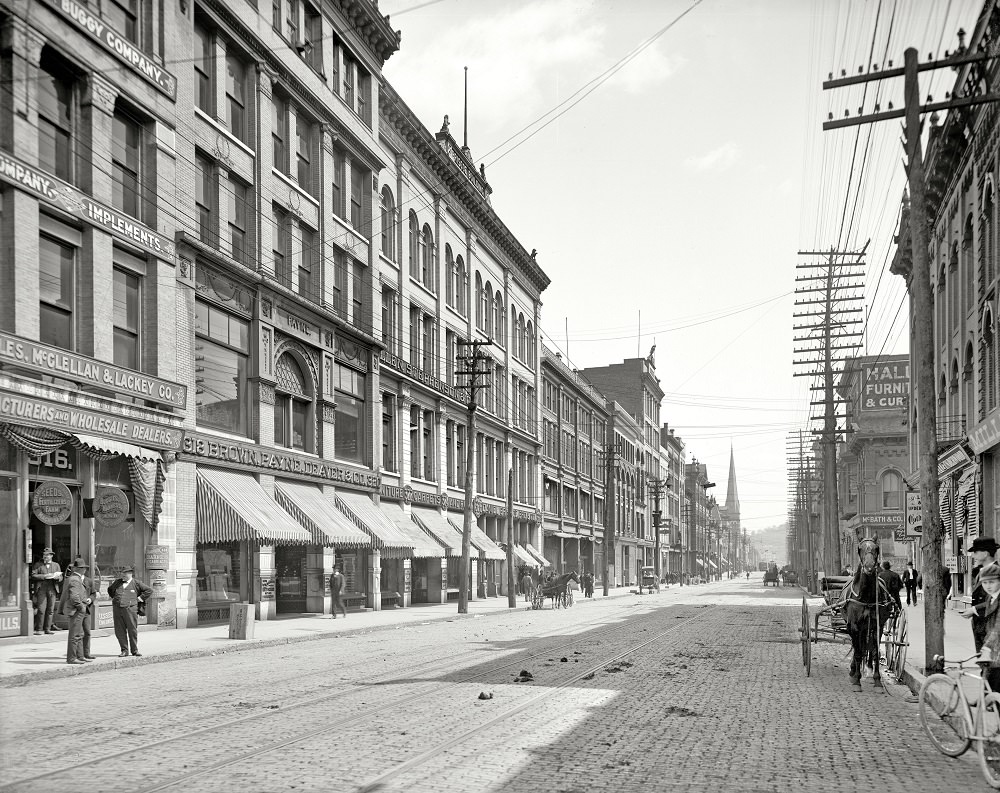
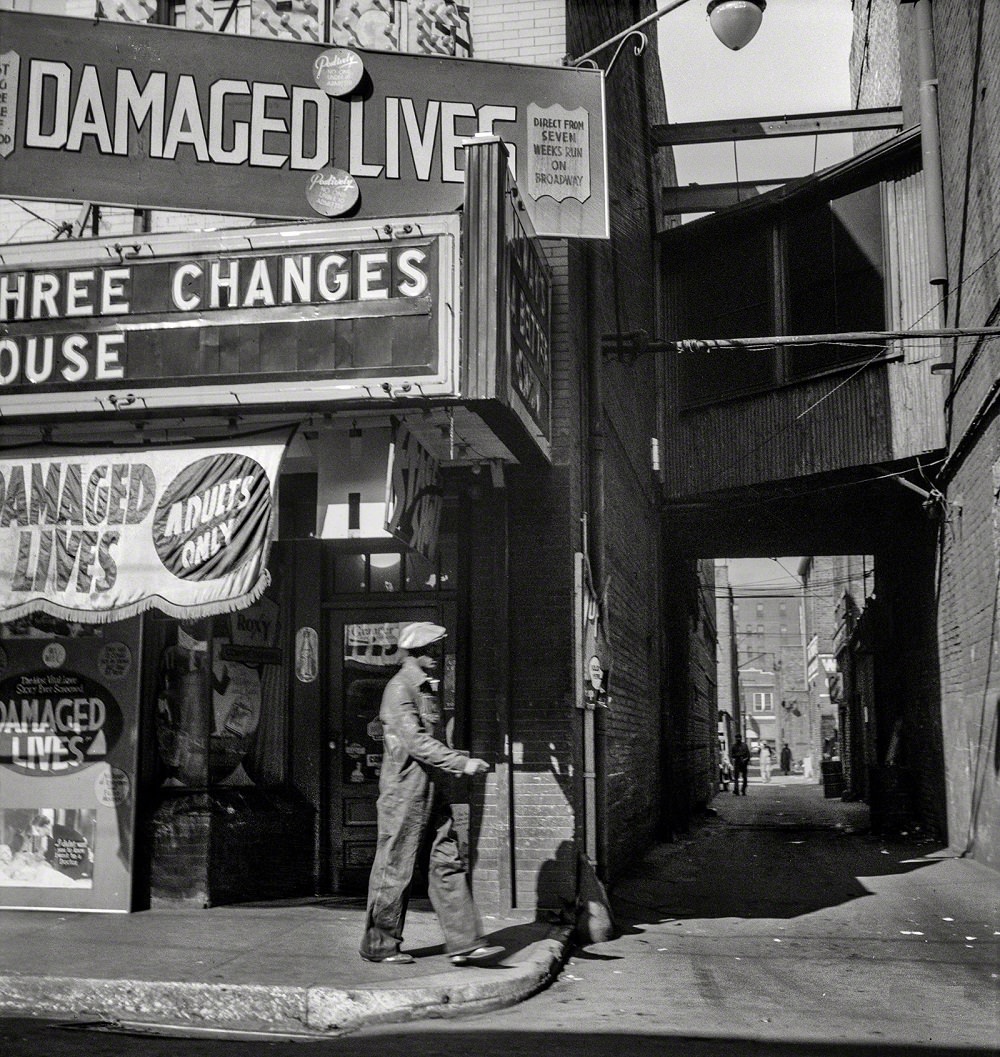
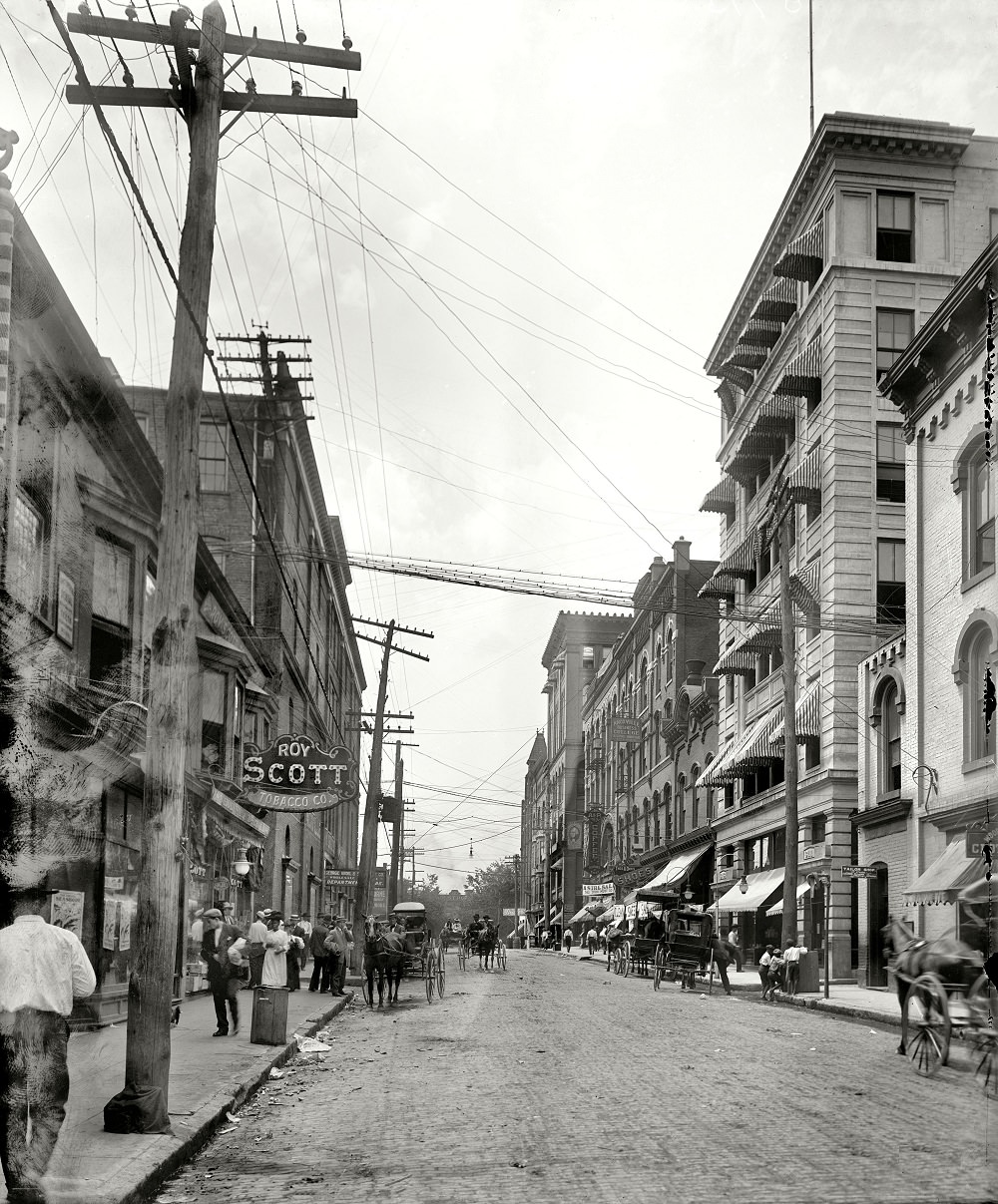
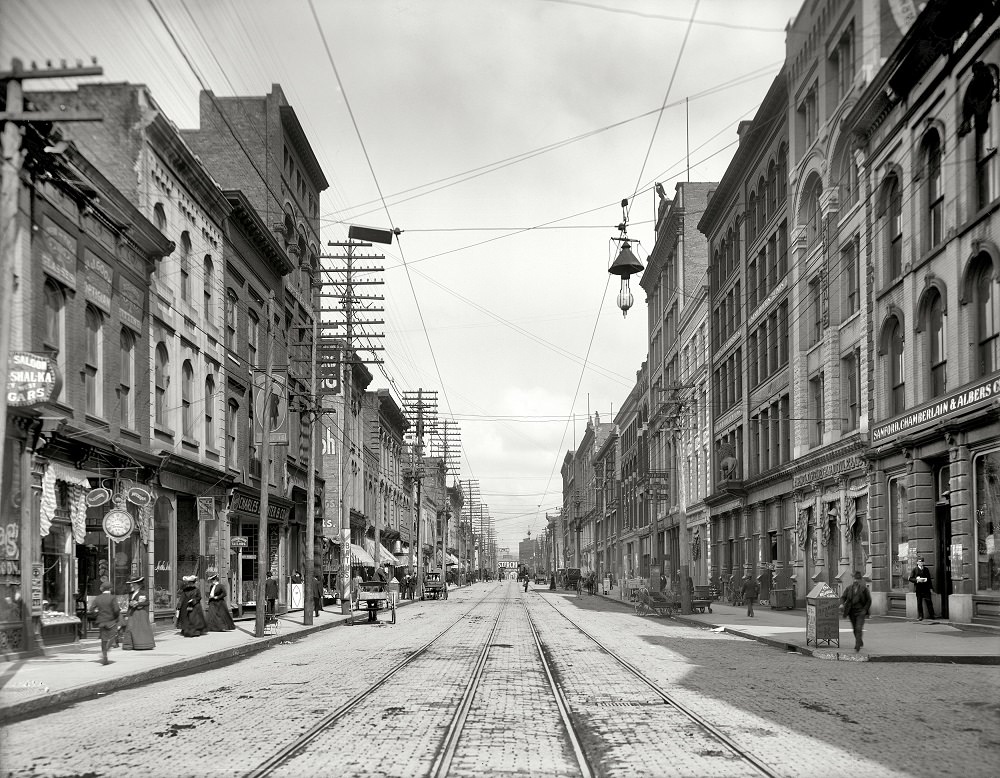
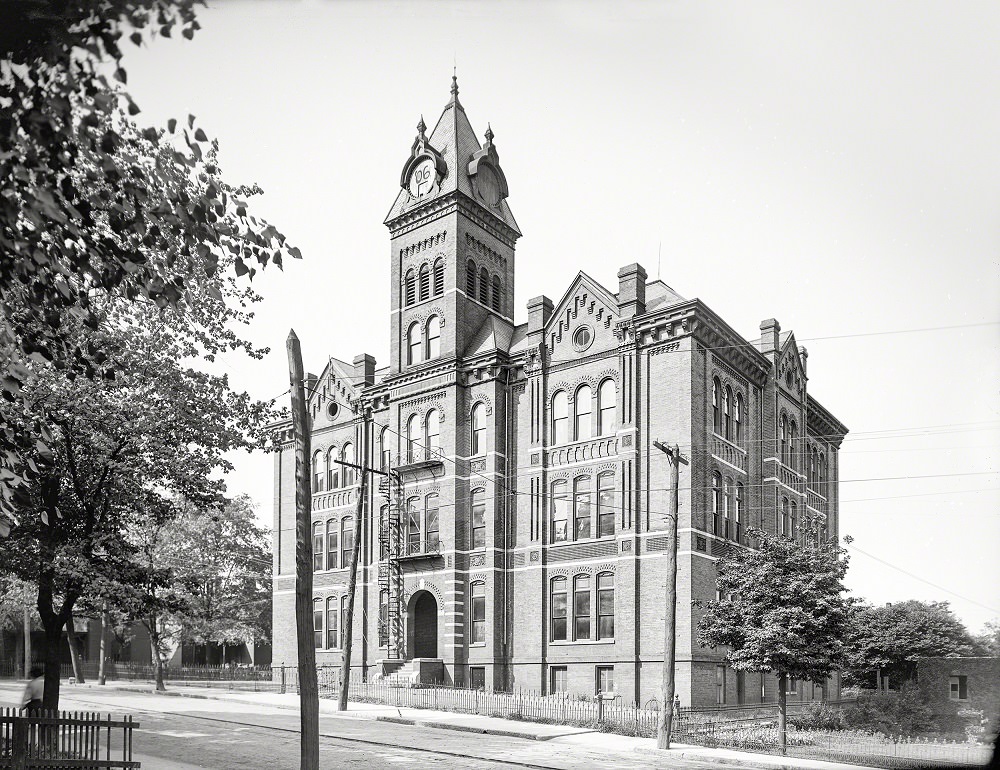
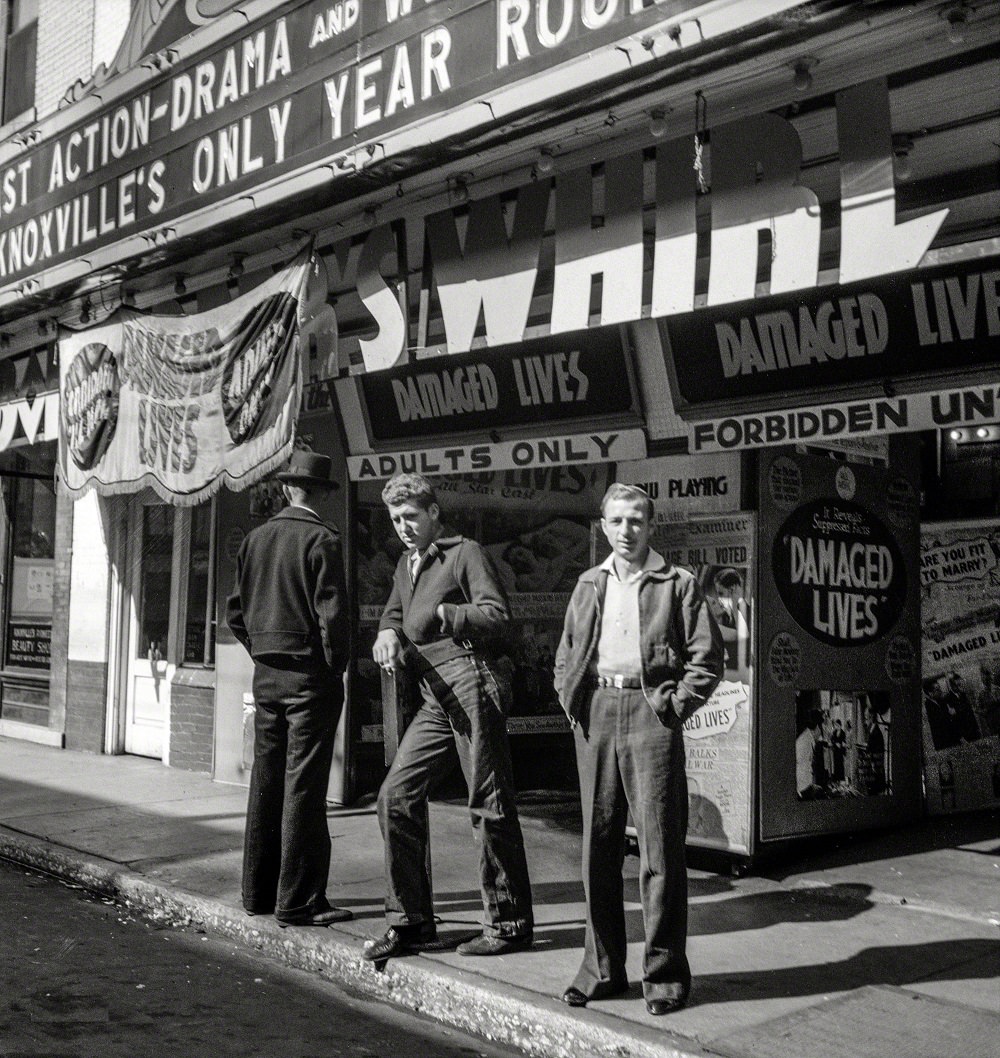
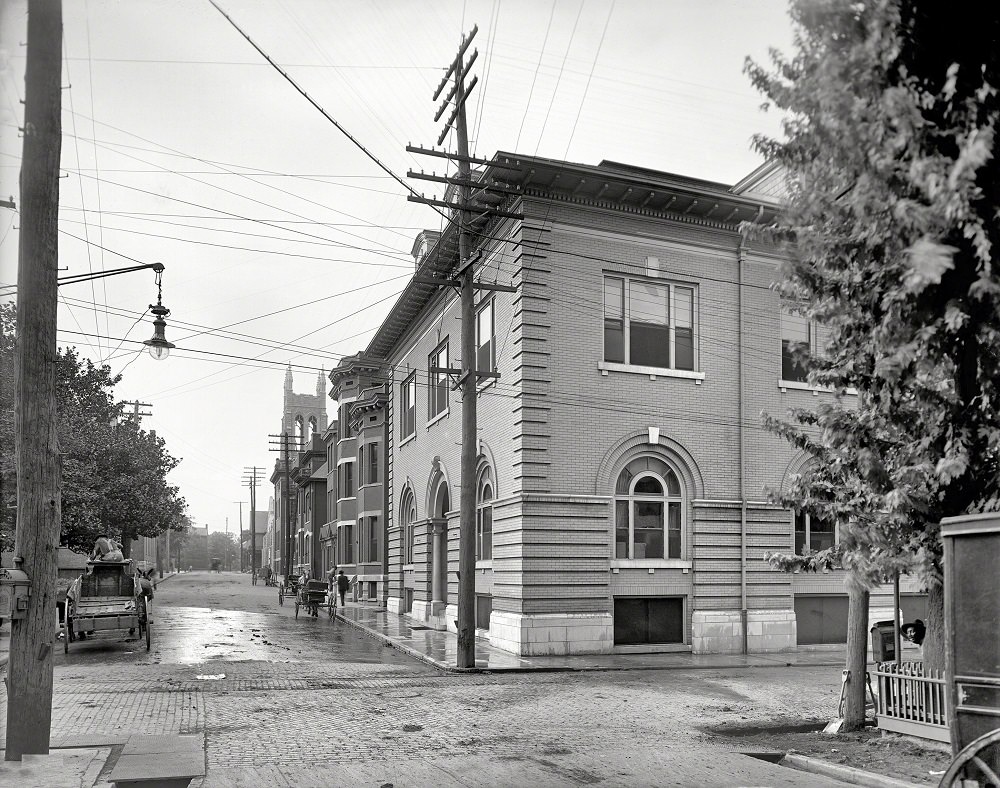
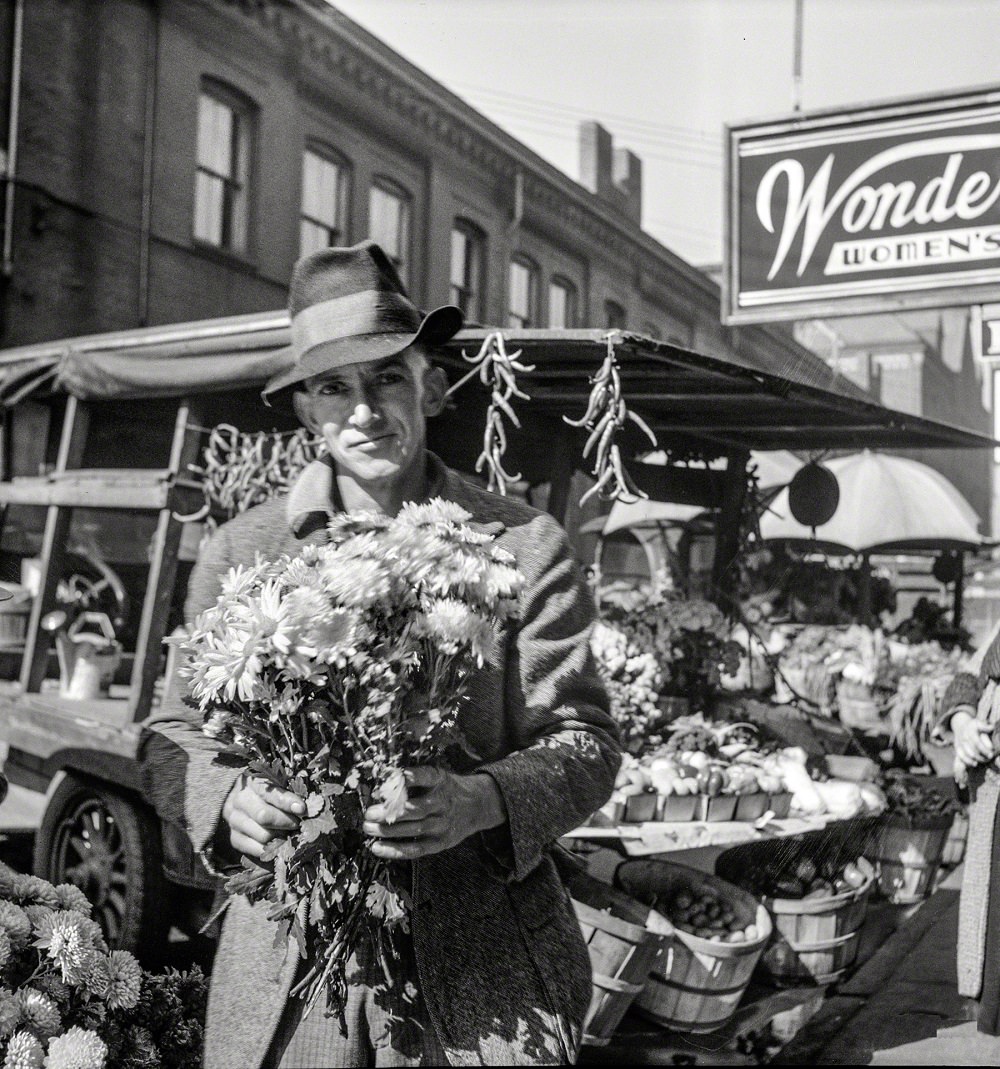
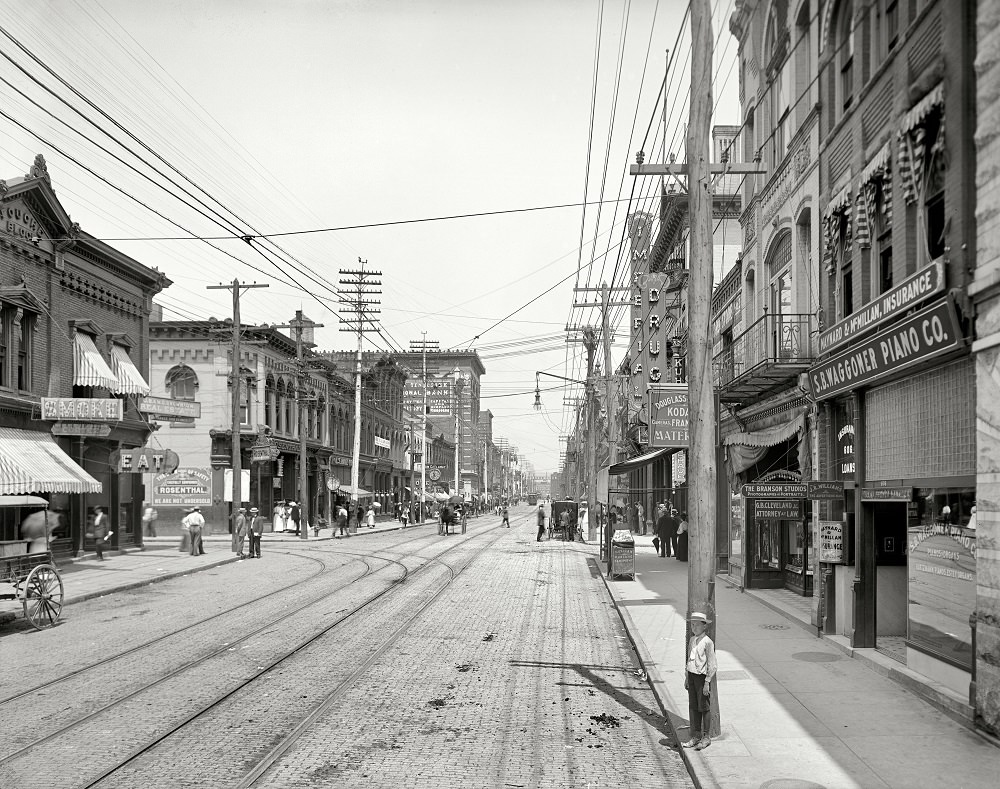
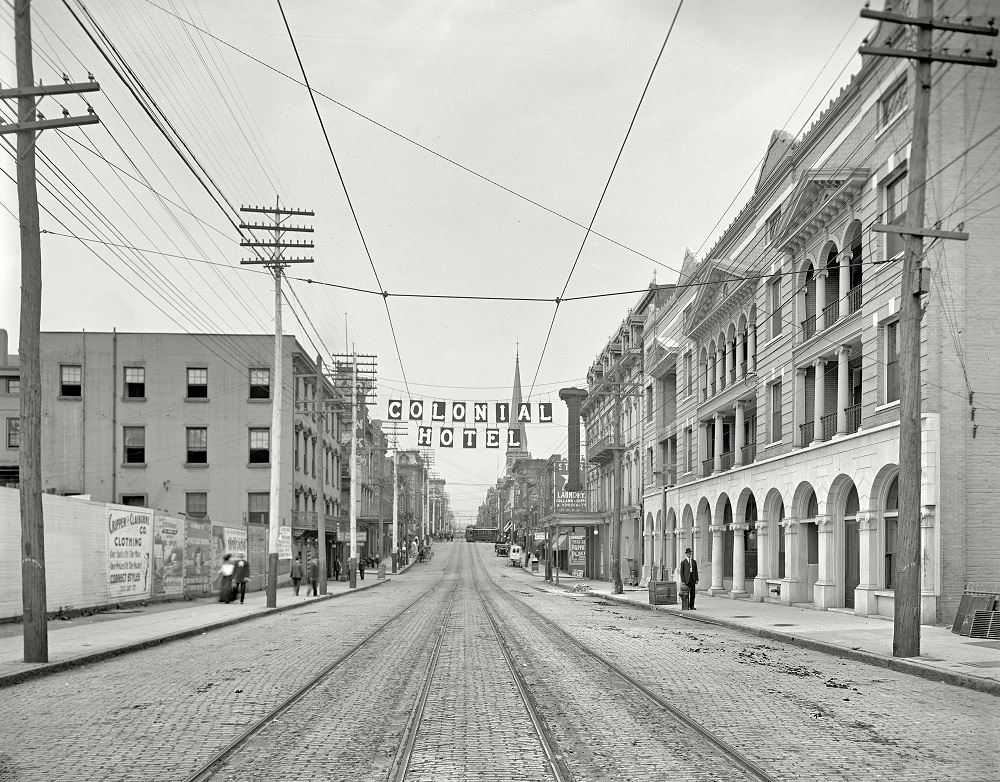

Thanks for sharing, it’s very cool!
These types of articles tend to appear periodically, and the Library of Congress serves as their source. You may have to conduct a search to find them.
It’s disheartening to see that the Southern Railway Station no longer has its stunning Victorian-era bell tower. Knoxville was once home to many remarkable Victorian and Art Deco-inspired buildings, but many of them have lost their original character or been demolished entirely. It would have been wonderful to preserve more of these architectural treasures, but unfortunately, some were destroyed in the great fire long ago.
There were numerous fires that ravaged different parts of downtown during those earlier times, and it’s regrettable that more historic buildings didn’t survive. It would have been wonderful if we could have preserved more of those early architectural treasures.
I recall reading an excellent essay by Gerald Schroedl, a retired archaeology professor from UT, discussing the subpar quality of historic preservation in Knoxville. According to Schroedl, both the city government and UT Administration exhibited a range of attitudes toward historic preservation throughout the 20th century, from indifference to outright hostility. This explains why Knoxville lacks a distinctive appearance as an American city, with only scattered remnants of preservation that fail to create a cohesive aesthetic for the city.
It’s amazing to see how much Knoxville has changed over the years, yet how many of its iconic landmarks and neighborhoods have endured.
They only tell part of the story. They depict a time when the city was growing rapidly and industrializing, but they also obscure the experiences of marginalized groups like African Americans and Native Americans.
I find it amazing how much Knoxville has changed over the years, as shown in these historical photos. It’s fascinating to see the evolution of the city’s architecture, from the grand, Victorian-era mansions to the sleek, modernist buildings of the mid-20th century.